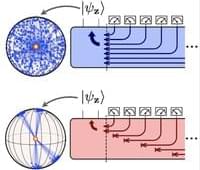Dr Kathryn Mumford is an Associate Professor in the Department of Chemical Engineering at the University of Melbourne, specialising in separation processes in ion exchange, solvent absorption and solvent extraction technologies. In collaboration with industry, her recent research has pioneered a more efficient, greener process to produce lithium carbonate.
Dr Mumford leads the Sustainable Resources platform, which focuses on research to support the transition to green energy, reduce environmental impact and develop smart mining and processing. Here, she discusses how the platform is tackling the industry’s greatest challenges, and the role the sector will play in decarbonising the world.
I’ve been thinking about sustainability and environmental health throughout my whole career. I saw the consequence of waste and was compelled to develop ways to reduce its impact. My PhD was around environmental clean-up, specifically cleaning up tip sites and fuel spills at contaminated sites in Antarctica – I’ve since been back to Antarctica seven times on clean-up missions.






